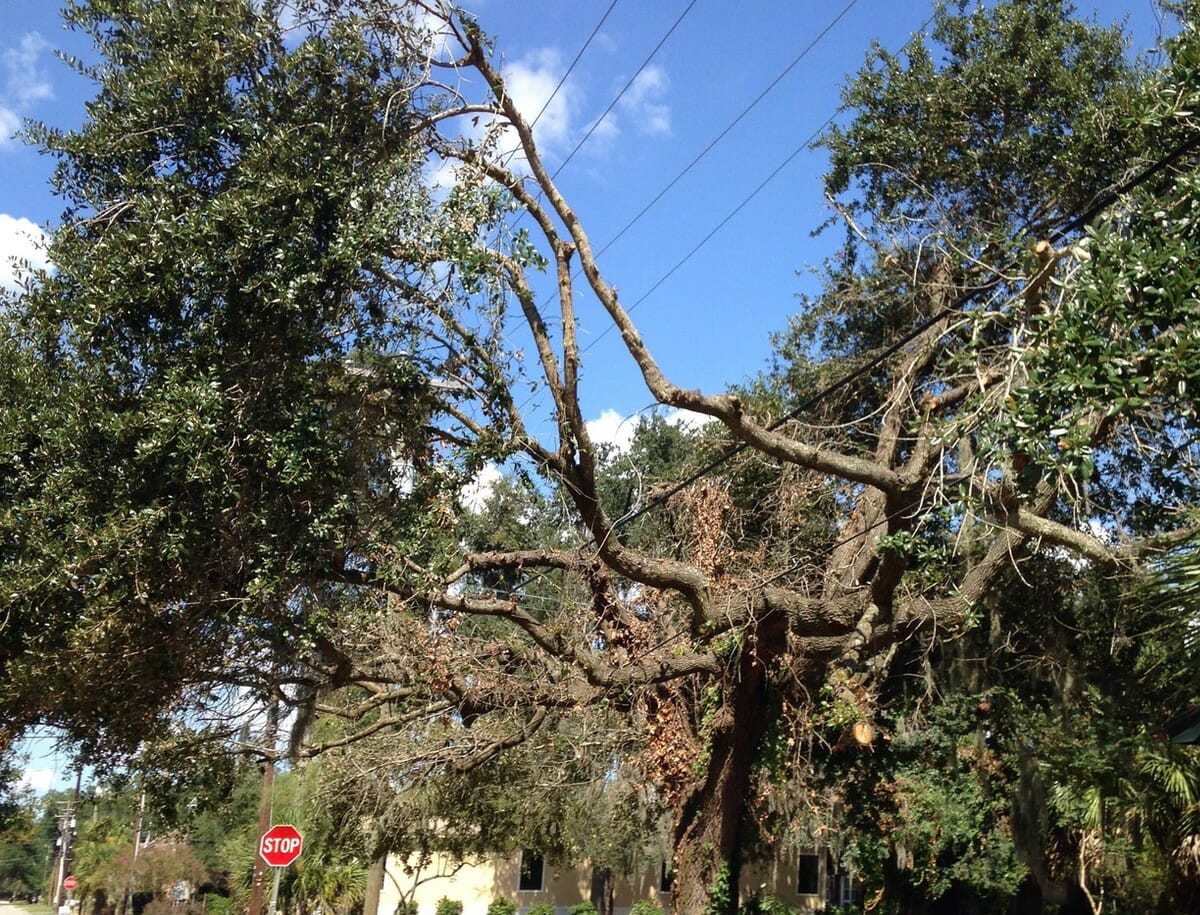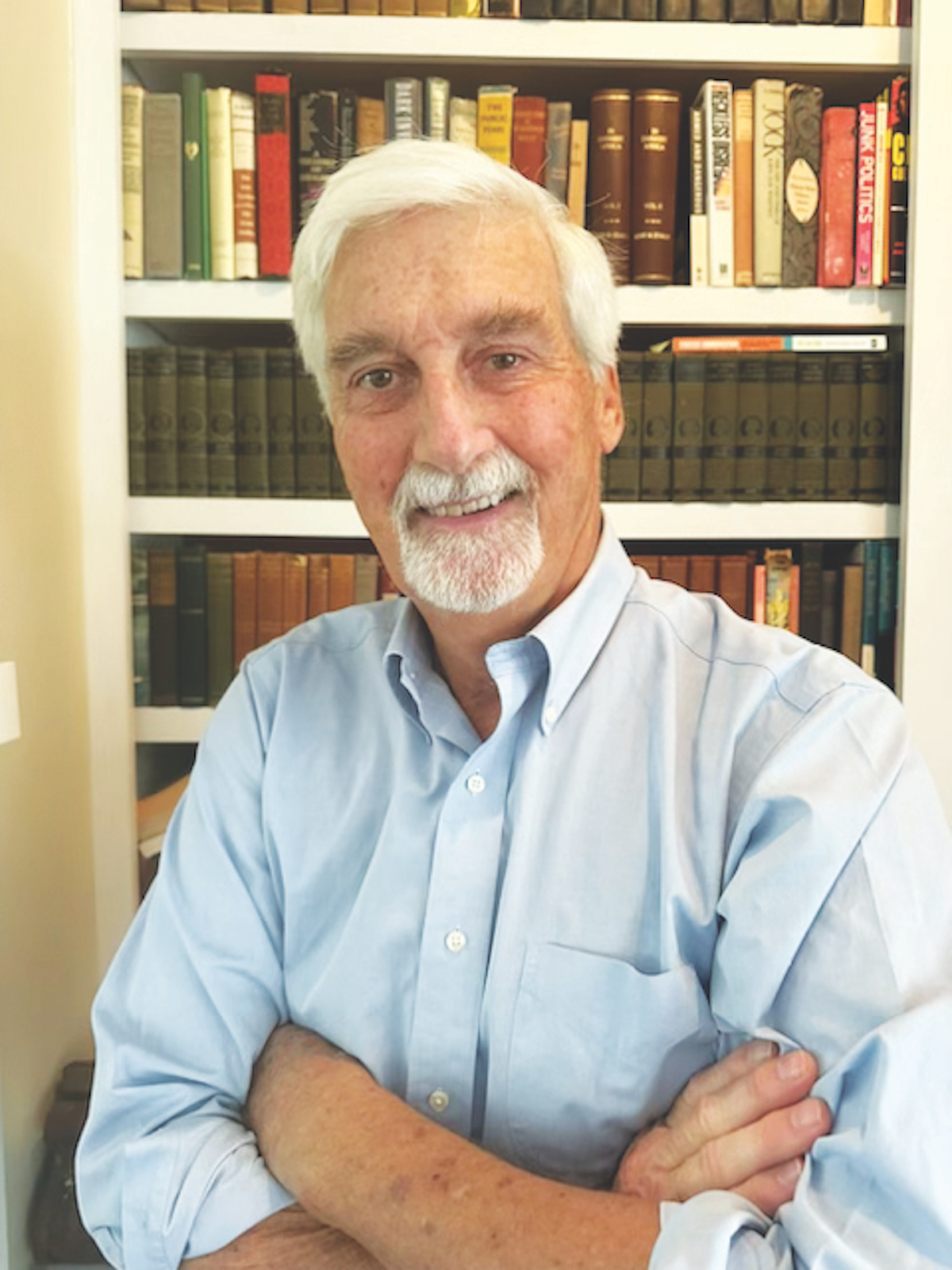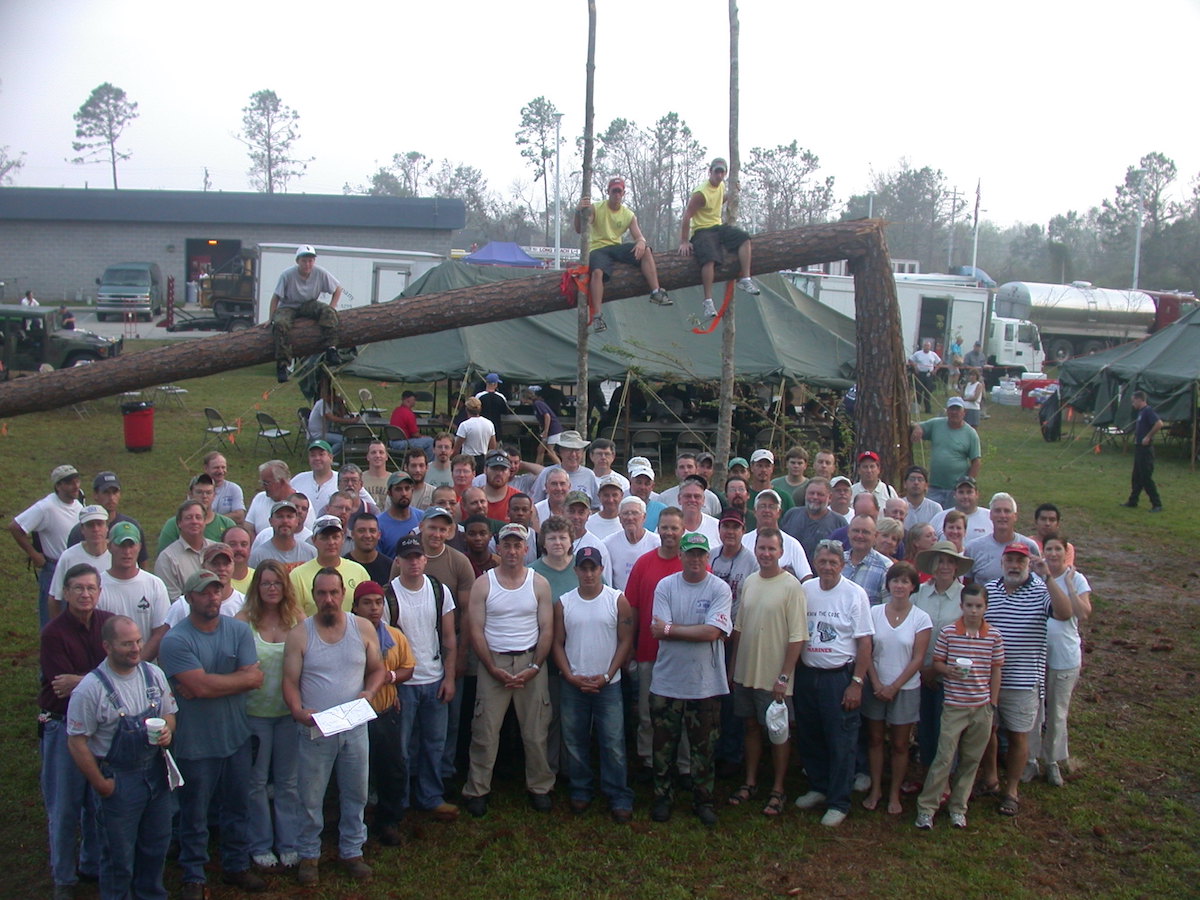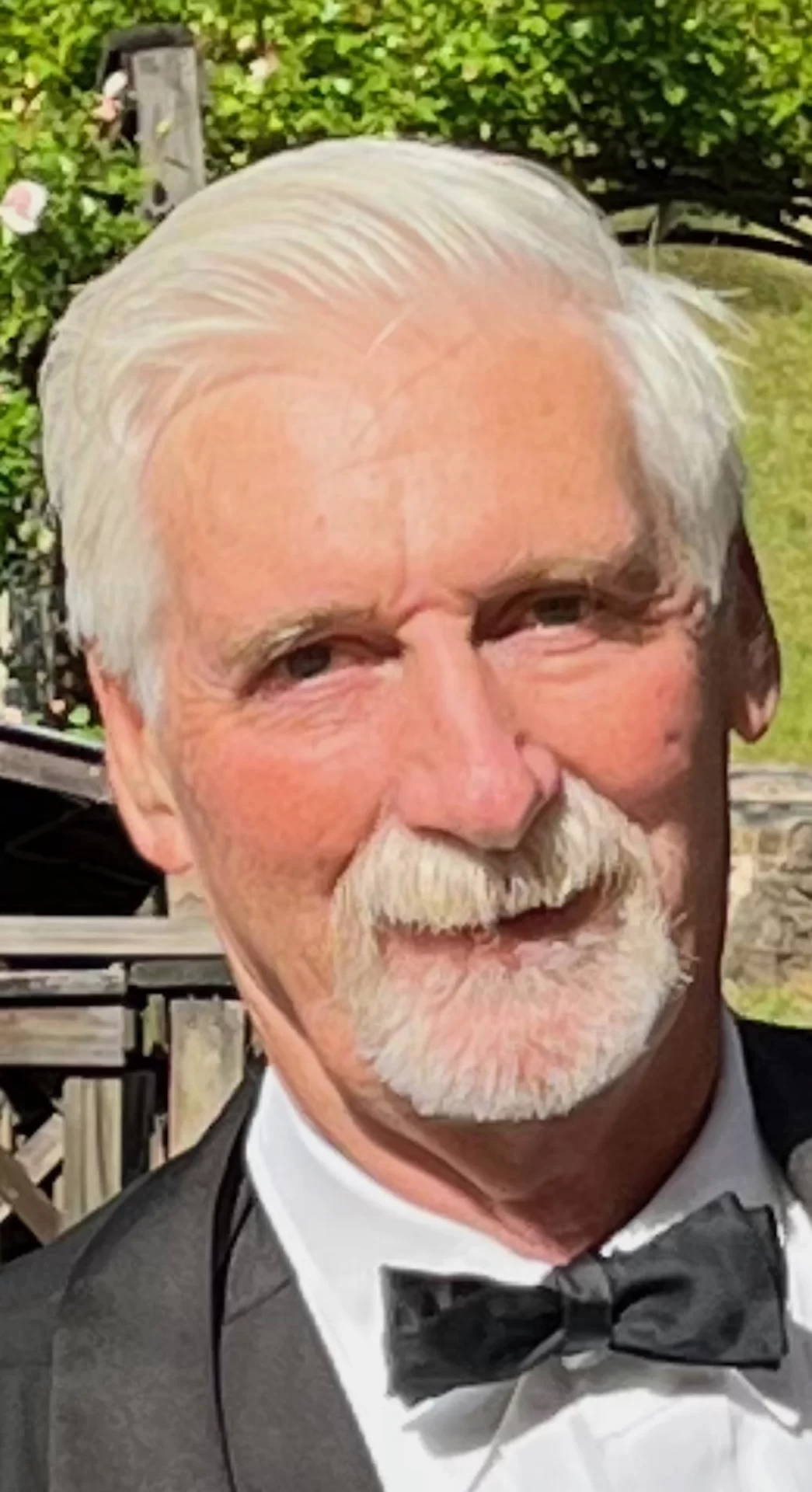Pictured above: City Landscape Architect Eliza Hill says, while “it is hard to view” most of the trees trimmed by SCE&G’s contractors this year were trimmed within the city’s current standards.
The Rauch Report
By Bill Rauch
In their most recent march through Beaufort’s historic district, South Carolina Electric and Gas’ tree trimmers have “butchered” enough of the area’s important trees that Beaufort City Councilman Phil Cromer will be asking the city’s tree advisory committee to have a look at the utility’s tree trimming agreement with the city.
“We’re going to have to see what can be done so that the historic district’s trees aren’t butchered like this,” Councilman Cromer said last week, “The downtown historic district is what brings in the tourists.”
Michael Murphy, long the owner of Preservation Tree Care and a consultant to the city on tree matters, agrees. “Beaufort’s historic district is a special place” Murphy said last week, “you have to be careful with it.” “There’s a lot of wiggle room in the standards already,” he added, “but in some cases it looks to me like this year’s contractors were outside the standards.”
At issue is a mysterious 2010 amendment to the 1997 tree trimming agreement between the city and South Carolina Electric & Gas (SCE&G). The 1997 agreement called for tree trimming intended to protect power lines to be conducted every two years in the city’s critical areas. “Critical areas” were generally understood to be the city’s historic district and its major corridors.
However, in 2010 the city entered into a new agreement with the utility, critical parts of which gut the old one. The new agreement calls for “all utility line routes” in the city to be regarded as critical areas, and for the “cycle of pruning” to be determined by “SCE&G’s current maintenance program.”
The effect of the changes is that the utility’s tree trimmers can wait as long as SCE&G likes for them to trim in Beaufort’s historic district and on its major corridors. Knowing they won’t be back for five or six or more years, when they finally get there they utilize more of a meat cleaver approach than they would have under the 1997 scalpel approach agreement that required the power lines be protected by pruning every two years. The meat cleaver approach is more likely to leave the trees with the “butchered” look that Councilman Cromer and many other Beaufort residents and business owners find offensive. The current arrangement calls for there to be, for example, a minimum of 10’ of clearance between power lines and tree branches.
The 1997 agreement that provided special protections for the city’s corridors and historic district was intended to ensure that the extraordinary public trees that are so much a part of Beaufort’s appeal — and which contribute to the vibrancy of Beaufort’s tourism sector —be safeguarded as much as possible while acknowledging they must be maintained in such a way that they don’t cause power outages. The 1997 agreement begins, for example, with an acknowledgement by both parties that “economic and aesthetic benefits of trees shall be considered…when the design, construction or maintenance of utility lines and facilities are being undertaken.”
That was then. This is now.
“The utility’s tree cutters who did this work are so far from arborists,” Murphy says, “all they do is get the clearance [for the power lines].”
“The city’s not had a good recent track record negotiating with SCE&G,” Councilman Cromer added.
Last week neither Beaufort’s city manager’s office, nor the city’s landscape architect’s office could offer an explanation why in 2010 the City Council gutted the 1997 agreement. The mayor was out of the city and unreachable, and the Tree Board chairman didn’t return a message left on her home answering machine.
The minutes of Tree Board and City Council meetings at the time don’t explain the mystery either, although notes from the Tree Board’s May 11, 2010 meeting indicate the Board wanted to stay on the two year schedule, and that they wanted SCE&G to honor a 6’ clearance from the wires rule, considerations – had City Council honored the advice of its advisory committee – that would have ensured the city’s corridors and historic district would be more attractive today.
CORRECTION: My friend Edie Rodgers pointed out to me in church last Sunday that while I identified myself recently to my readers as a Beaufort City Council member when in 1991 I unsuccessfully asked the Beaufort County Council to try to contain Del Webb Sun City’s offsite costs that in fact I was not. Edie is correct. I was first elected to the Beaufort City Council in 1993.





